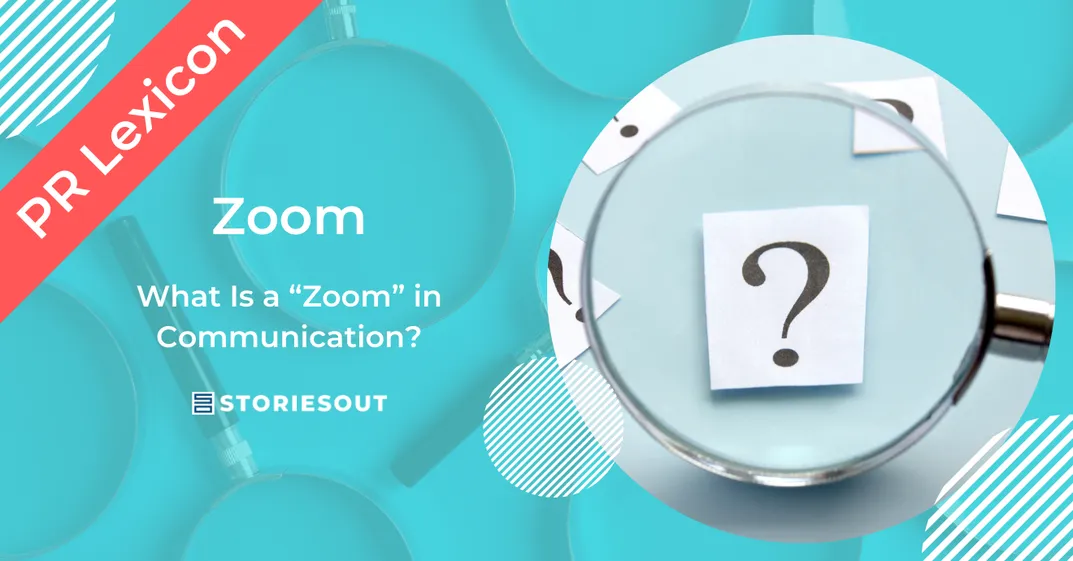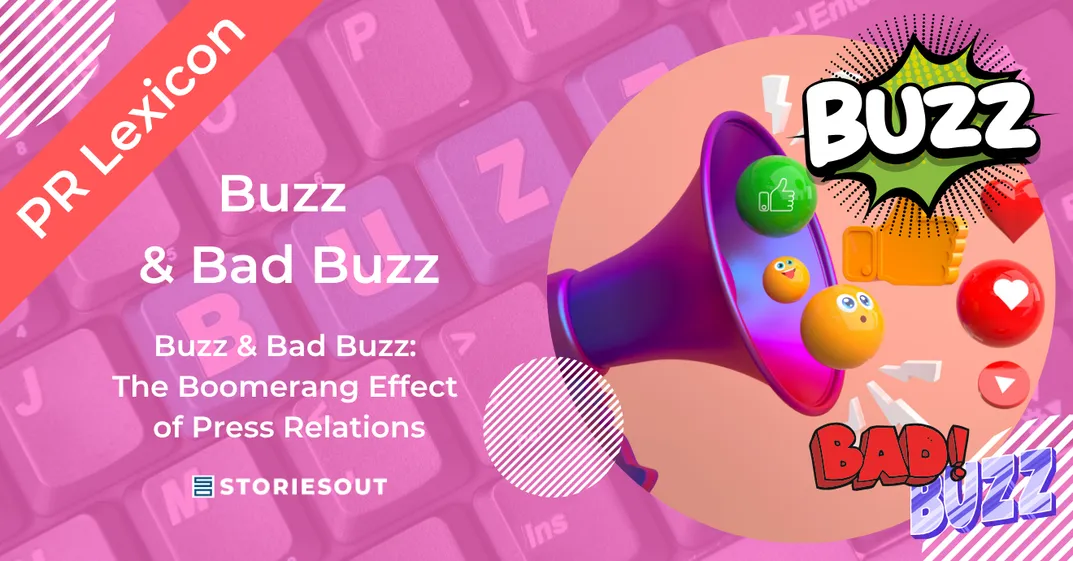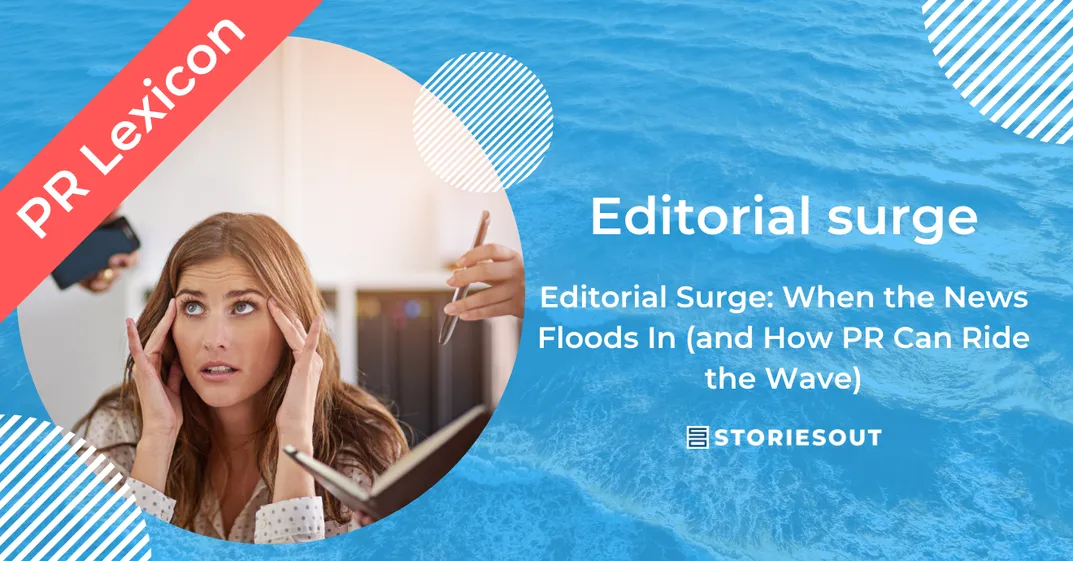In a world overflowing with content, clarity and structure are essential. One discreet but powerful tool for achieving this is the “zoom” format — a focused editorial device that highlights a key aspect of a broader topic. Originally used in print journalism, it’s now a staple in corporate communication and media kits.
What Is a “Zoom” in Communication?
A zoom is a short, self-contained editorial insert that draws attention to a specific detail within a larger piece of content. It can take the form of:
- A boxed statistic
- A highlighted quote
- A brief explanation of a technical point
- A sharp example or case in point
Its function is both pedagogical and strategic: to catch the reader’s eye, break up long blocks of text, and convey key information efficiently.
Where Does the Zoom Format Come From?
The zoom format originates in print journalism, especially in magazine layouts from the 1970s to the 1990s. To avoid overwhelming readers with dense columns of text, editors began using “pull-outs”, text boxes, and highlighted frames to provide rhythm and clarity.
With the rise of digital media, this editorial technique has been adapted into web content structures: callout boxes, “Did you know?” sections, interactive infographics, and FAQs. But the principle remains the same — distill one key idea to enhance comprehension.
Do you want to talk about it more?
How Is It Used in PR and Media Kits?
In public relations and press materials, the zoom format has several clear advantages:
- Captures the attention of time-pressed journalists
- Offers ready-to-use data or quotes for media reuse
- Structures complex messaging into digestible chunks
- Provides editorial cues that suggest potential article angles
In a press kit or white paper, zooms help guide journalists through dense content, making it more usable for quick referencing, quoting, or coverage.
Conclusion: The Zoom as a Precursor to the FAQ
Much like today’s FAQs on websites, the zoom format was designed to anticipate a reader’s question and answer it in a concise, accessible way.
Both formats share the same DNA: identify what the reader is likely to wonder, and respond without making them dig.
In that sense, the editorial zoom is more than a layout trick. It’s a communication tool that bridges journalistic logic and digital UX — a small space with big influence.




